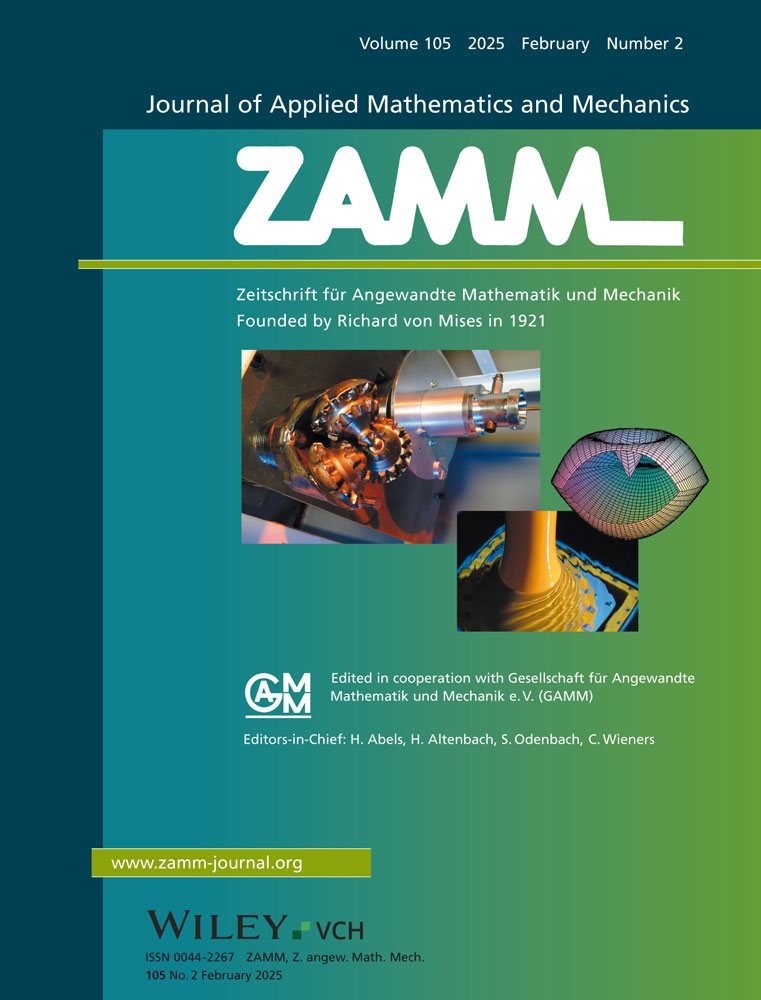Applications of hybrid nanofluid in advanced solar thermal technologies with enhanced heat transfer with Cattaneo–Christov heat flux in a cylinder
Abstract
Hybrid nanofluids (HNFs) thus naturally find one of the most important uses in the field of concentrated solar power, in which great demands of thermal conductivity and stability are made for the efficient conversion of concentrated solar radiation into heat. HNFs may accelerate the rate of transfer of heat, which can unlock the potential of being capable of offering quicker heating times and improved performance consistency of domestic and industrial solar water heating systems. The HNF flow at heat transfer applied in the solar thermal panels provides huge benefits in terms of effectiveness, durability, and overall performance; hence, an interesting area for more research and development within novel renewable energy technologies. The present paper attempts to discuss the impact of Cattaneo–Christov (C–C) heat flux, magnetic parameter with the relaxation to time for hybrid nanofluid coolants (Single wall carbon nanotubes [SWCNT]-Al2O3/water, multiwall carbon nanotubes (MWCNT)-Al2O3/water) that moves with the cylinder during the process of heat transmission. The current mathematical model uses the magnetic field to investigate the behavior of the electrically conductive fluid. The thermal radiation supports the steady flow. Carbon nanotubes (SWCNT and MWCNT) are used as nanomaterials in the water-based fluid. In the given model partial slip model is used for boundary layer flow analysis in hybrid based nanofluid flow. The group of PDEs of the boundary layer is changed in to ODEs by the help of associated transformations during cooling process. The converted system of ordinary differential equations is addressed by numerical technique bvp4c of computational software MATLAB. Graphical explanation of the acquired results for various parameters of velocity and heat fields is done. From the obtained results, it is concluded that the velocity field is increased by increasing the values of the curvature parameter. The slip parameter decreases the velocity with an increase. Further, the temperature distribution grows by elevating the values of the nanoparticles volume fractions and the thermal Biot number.
CONFLICT OF INTEREST STATEMENT
There are no conflicts to declare.




